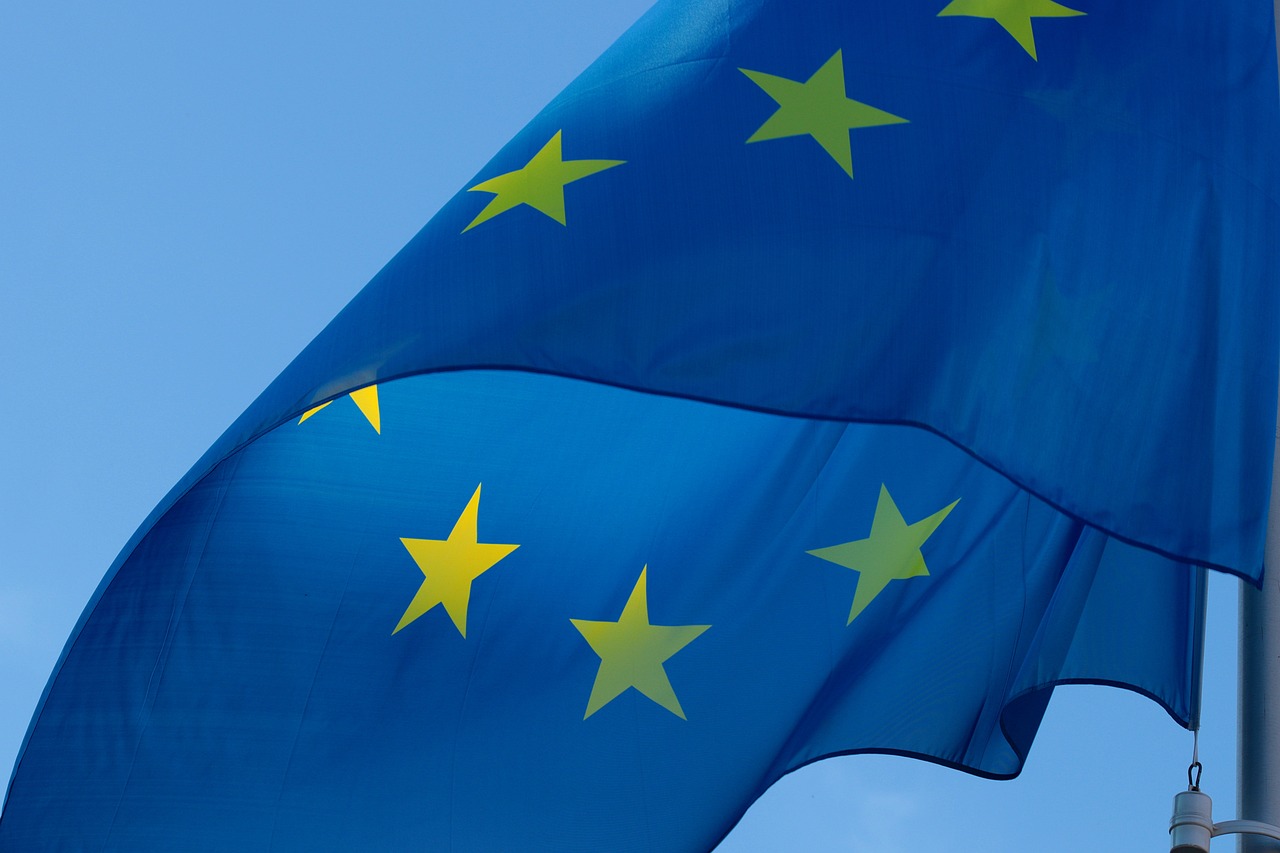Europe – EU has rolled out comprehensive regulations aimed at fostering greener and safer battery technologies. The new rules, announced by the European Commission, are poised to reshape the battery landscape by emphasizing recycling efficiency and enabling consumer empowerment.
The crux of these regulations lies in their targeted recycling benchmarks. Lead-acid batteries, a common fixture in numerous applications, must witness a recycling and reuse rate of 75 percent of their average weight by December 31, 2025. In parallel, lithium batteries are mandated to achieve a recycling rate of 65 percent, while nickel-cadmium batteries bear a higher bar at 80 percent. These standards reflect a concerted effort to mitigate the environmental impact of battery waste and to channel valuable resources back into the production cycle.
There’s more to come
The trajectory of stringency doesn’t stop here. As the calendar marches towards the end of 2027 and eventually 2030, even more, stringent recycling targets are poised to take effect. These evolving benchmarks underscore the EU’s steadfast commitment to ushering in a greener era.
Notably, the new Battery Ordinance also champions consumer agency. Effective February 18, 2027, consumers will be empowered to replace batteries in a range of devices such as mobile phones and laptops. This strategic move is not only aimed at extending the lifespan of these products but also at driving a culture of resourcefulness and sustainability.
Battery demand to plummet
The impetus behind these regulations is manifold, with the surging demand for batteries in the wake of transportation electrification taking center stage. According to projections from the EU Commission, the global demand for batteries is poised to skyrocket by a staggering 14-fold by 2030, with the EU potentially accounting for a significant 17 percent of this escalating demand.
These trailblazing regulations didn’t materialize overnight. The framework was meticulously crafted based on a proposal by the European Commission and subsequently endorsed by the EU member states in July. This collaborative approach reflects the collective determination to engineer a more environmentally conscious future, with batteries at the forefront of this paradigm shift.
As the EU ushers in this epoch-defining battery regulation, it sets a precedent for sustainability that extends beyond the borders of the continent. The impact of these rules is poised to resonate across industries, fostering innovation, and circular economy practices, and ultimately steering us closer to a future where clean energy solutions harmonize with environmental stewardship.




